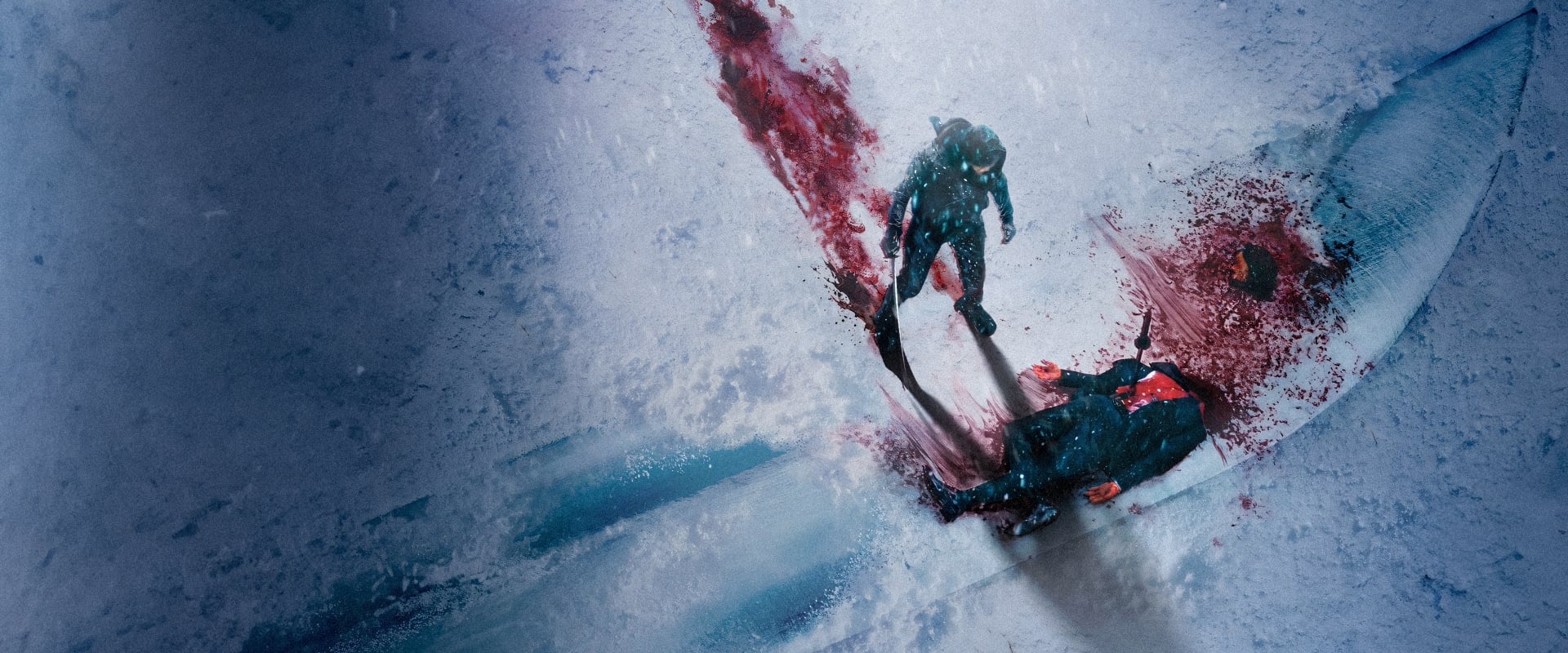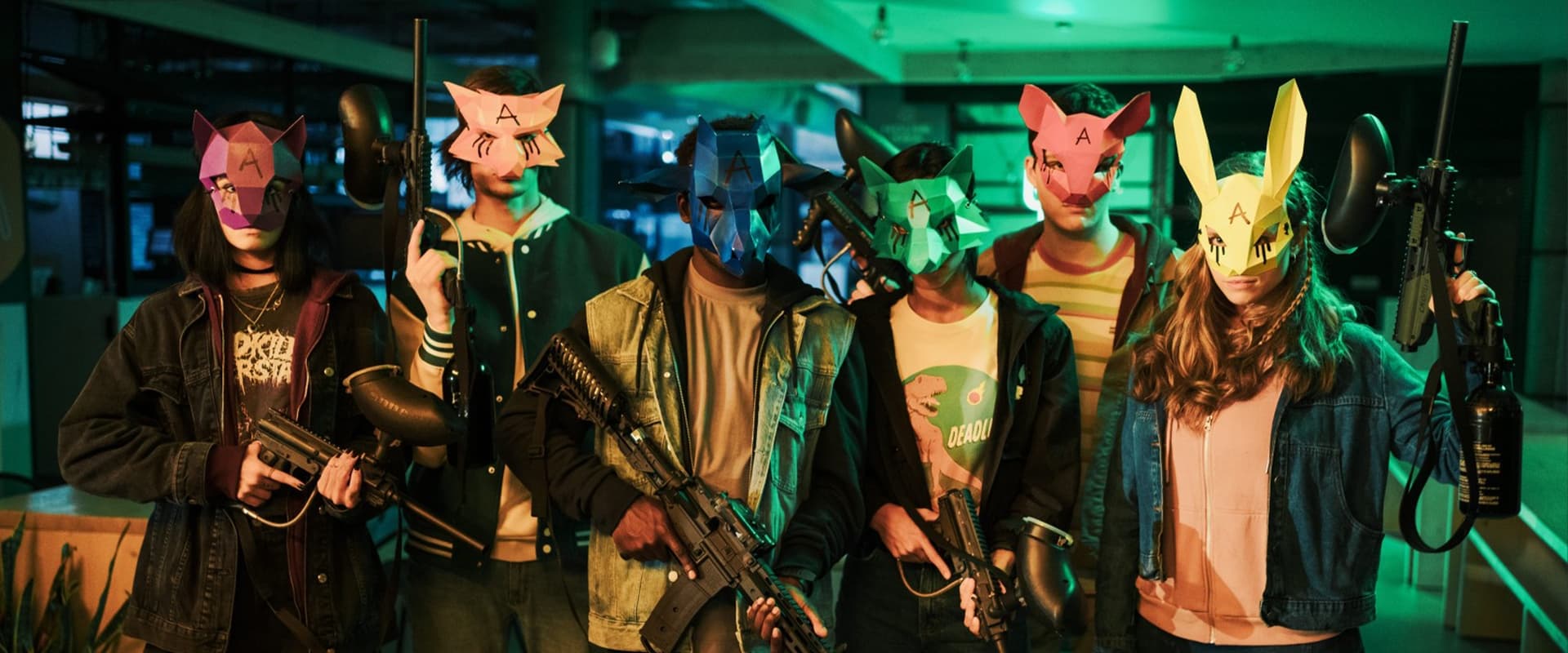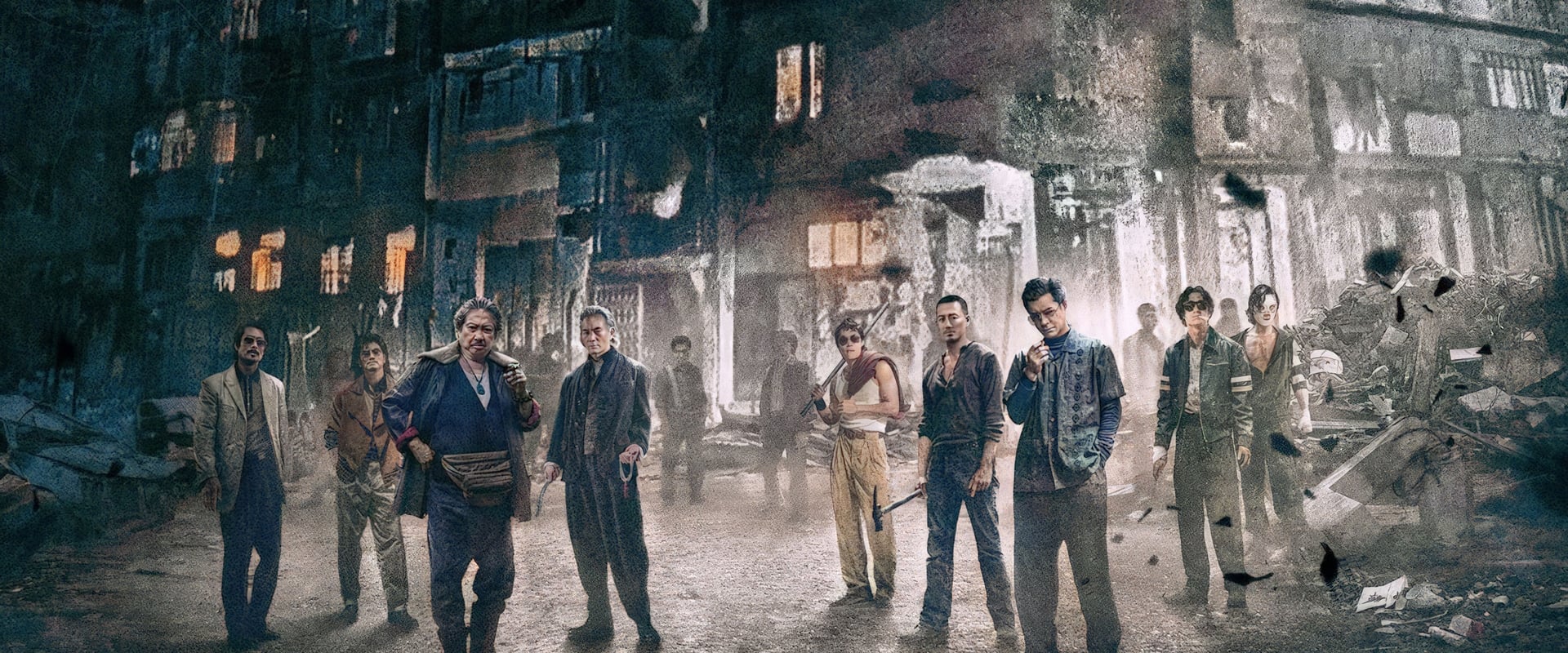Some filmmakers wield violence like a cartoon mallet, and some, like Timo Tjahjanto, turn it into a secret language—bloody, ballistic, yet weirdly lyrical. “The Shadow Strays” arrives on a cloud of anticipation and squalls of pre-release hype. Netflix, October 17, 2024: there I was—heart racing, jaw set, already bracing for the kind of headache you get only from Timo’s muscular, unpretty cinema. Is there anyone making action right now who can single-handedly detonate a genre formula and leave you actually caring about who gets blown to pieces?
Let’s get the caveats out of the way. The architecture is, at first blush, routine: child assassin, forced suspension, the broken angel limping through Jakarta’s wet neon corridors, haunted by her own morality—yes, we’ve pressed our faces against this glass before. There’s the John Wick hangover, more than a whiff. But the marvel here is in Tjahjanto’s relentless refusal to be ordinary, to settle for surface cool. The old saw that “there are no new stories” is bludgeoned with a machete; what looks like borrowed scaffolding is continually shaken until every brick rings with something raw and urgent.
Right at the jump, Aurora Ribero’s Codename 13—seventeen, lethal, all sinew and bruised nerve—blasts onto the screen with her own apocalypse. The camera’s drunk on movement; limbs and heads spin, blood beads on the lens. The noise is ecstatic, but beneath the baroque carnage there’s an undertow of grief, a queasy sense that every act of violence is paid for with interest. We don’t just watch bodies fall—we flinch along with her, she who cannot wash the stain from her own hands or eyes.
And my god—Aurora Ribero. This is not your tourist’s vengeful Valkyrie. Young, yes, but bruised to the heart and still not hard enough to be truly invulnerable. You say she “balances brutal and vulnerable with ease,” and for once the old cliché fits. She totters on that narrow ridge most action stars never see: monstrous strength and the desperate refusal to become only the sum of your wounds. Each time she fights, you register the ache of every previous injury—a kind of cumulative emotional swelling. She doesn’t just carve through rooms of faceless goons; she hemorrhages empathy even as she doles out carnage. (Scarlett Johansson ought to be taking notes, if only she were young enough or crazy enough to try.)
Kristo Immanuel’s Jeki, lurching from comic throwaway to full-blooded partner in trauma, wins us over gradually—his presence is meta, a little wink at genre convention grown up into something messy and real. The transformation is less about plot contrivance than a hard-won trust, earned in the crossfire. And Soriah, Haga, and their villainous pack slink across the screen, all jagged charisma and sweat, just sympathetic enough that we wince when their end inevitably comes.
Tjahjanto is hardly subtle—he makes movies that pulse between samurai gravitas and grindhouse excess. But unlike Hollywood’s PG-13 mayhem, he wants you to feel every cracked rib and every gasp for air. The action is indeed a “violent ballet”—choreographed with the obsessive care of a chef plating his own last meal. There’s a bodily tactility to every encounter. These are not weightless CGI punches; the camera lingers, shudders, and sometimes seems to pity its victims.
But where “The Shadow Strays” claws past genre is in its emotional scaffolding—the layering of trauma, the psychic bruises that accumulate until action itself becomes a form of mourning. The flashbacks are not just expository spackle; they sharpen the edge of the present, yanking us, sometimes against our will, into the aching pit of Codename 13’s memory. Every moment of violence is rooted in pain, not just plot mechanics. You’re not spectating; you’re implicated.
This is where I pull my blade—not all is luminous in the world of Timo. The “shadows” motif is more than a literal tic. The darkness, at times, drowns the deeply satisfying choreography. Whole scenes choke on too much gloom, long after the mood has been set. I want to see the action, to savor the viscera—not squint through a haze, wondering where the bodies are tumbling. Tjahjanto, usually so confident, seems to envy the abyss a little too much. In his desire to make things shadowy, he almost amputates his own best assets.
The dialogue? Sometimes as lean and clinical as a switchblade; sometimes rattling with all the generic affectations of a B-movie marathon. But then, who among us goes to a Timo film for Chekhovian subtlety? He compensates with pockets of real tension: when the words bite, they draw blood, and when they fail—well, the fists and blades pick up the slack. The emotional outbursts, the motley banter, the merciless quips—punctuate the violence with just enough relief to keep us from drowning.
If the unending carnage was all there was, we’d be dusting popcorn from our laps and moving on, unmoved. But here's the miracle: this is a film about connection, about the possibility that something—someone—might be salvageable, even when you’re primed to kill or be killed. Trauma, both inherited and self-made, saturates every decision. Codename 13’s struggle is not just to survive, but to feel again, to build a bridge back to the world through the smallest, most fragile acts of care. The blood is earned; the regret is real.
In “The Shadow Strays,” Timo Tjahjanto delivers not just the bruising spectacle—though he gives us that, in spades—but a reminder that the best action movies don’t anesthetize: they wound, they provoke, they make you care. This is cinema that demands your pulse and your empathy at the same time.
Yes, there are shadows I’d rather had been lifted, and yes, the script at times lurches through familiar territory. But the visceral experience—the fever, the ache, the splinters under the skin—is rare enough in this genre that to dismiss it for its excesses would be to miss the art lurking beneath the gore.
If you love your movies loud, bloody, but never numb—if you want to join the battered, bruised, but unbowed—strap in. “The Shadow Strays” is your drug. And Timo Tjahjanto, once again, proves he’s the one dealer in town still cutting his product with real, unfiltered feeling.


